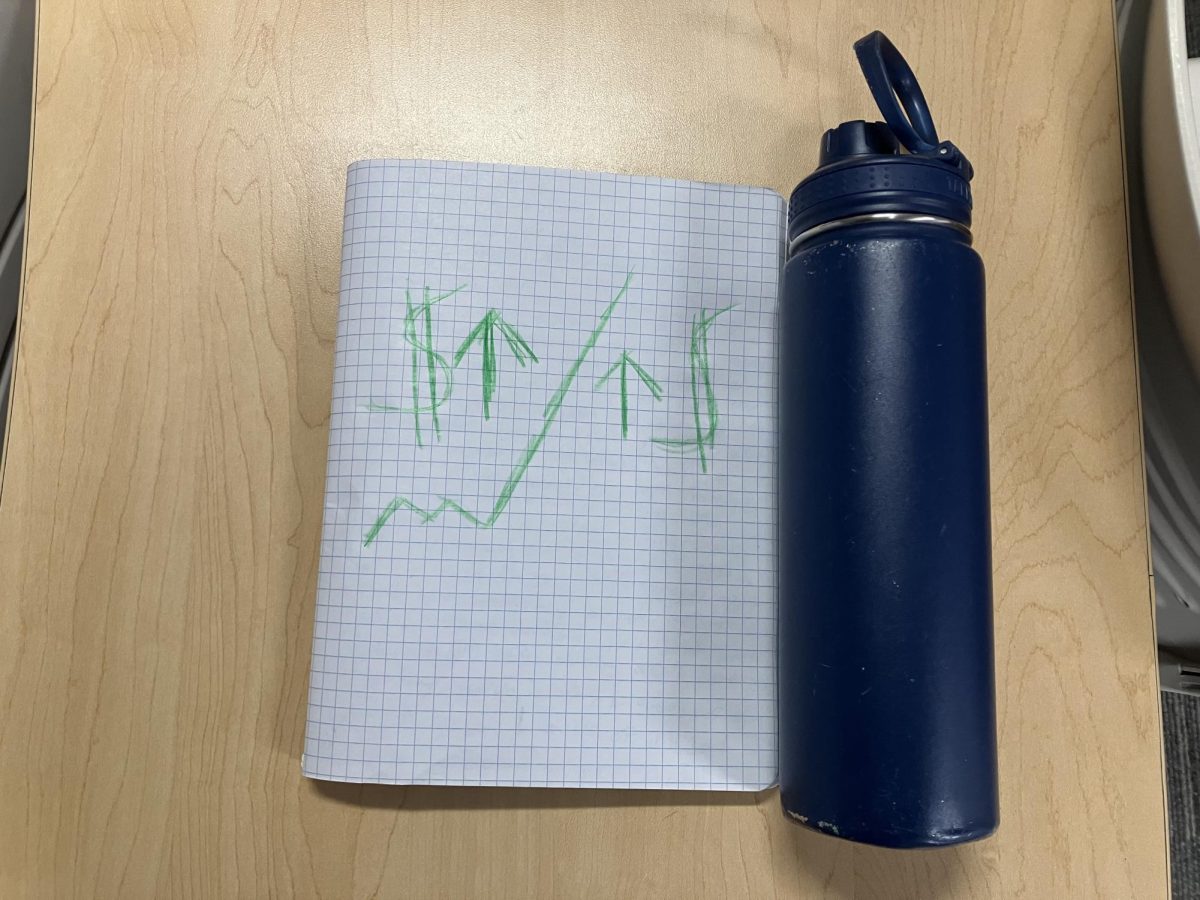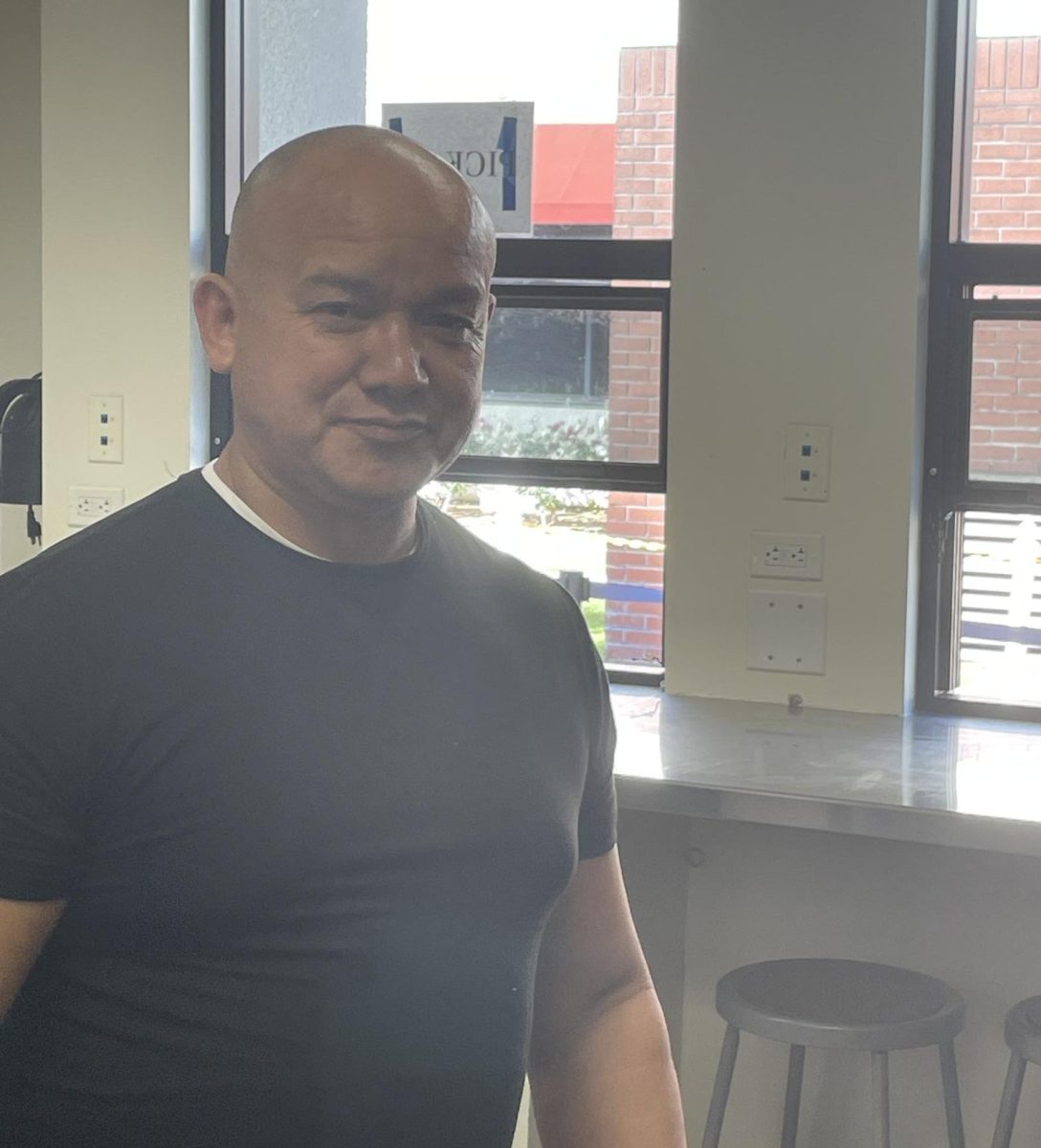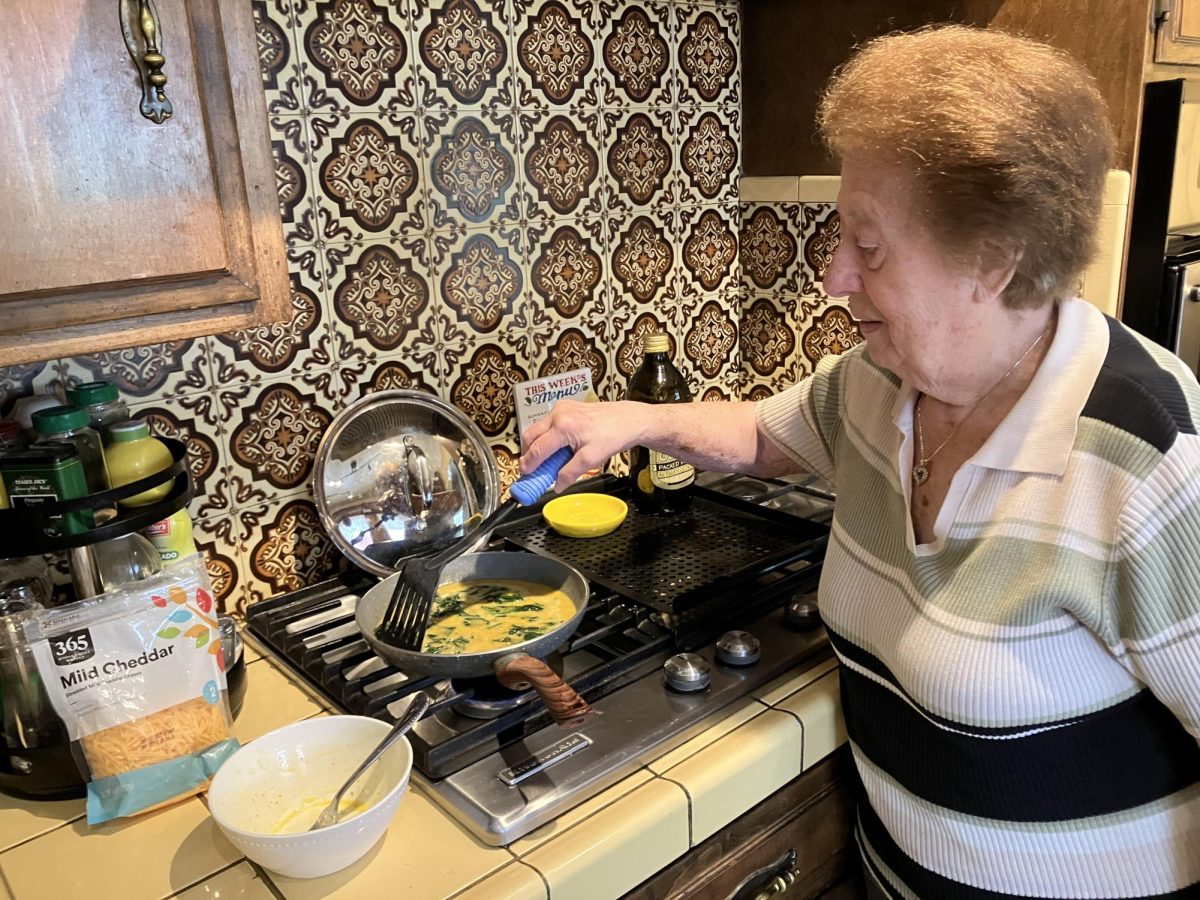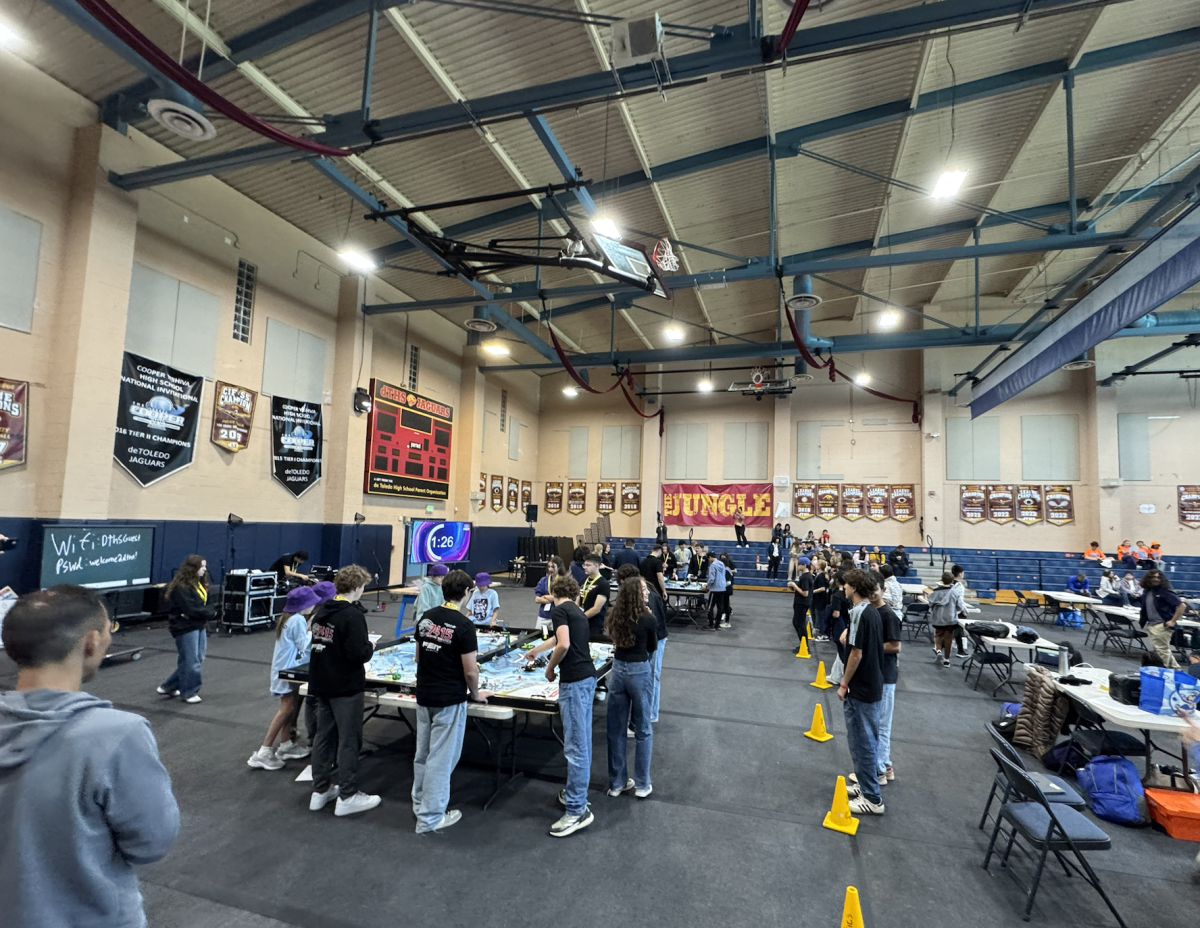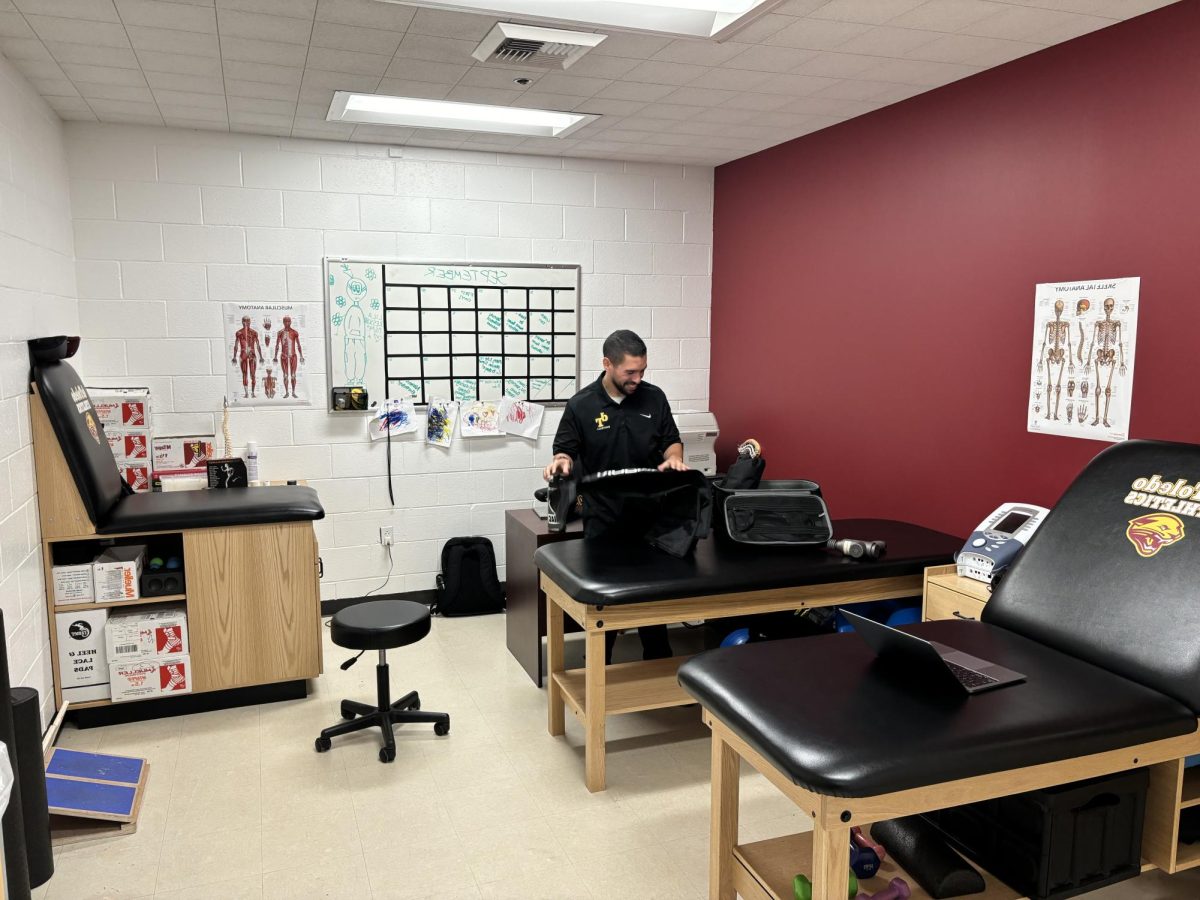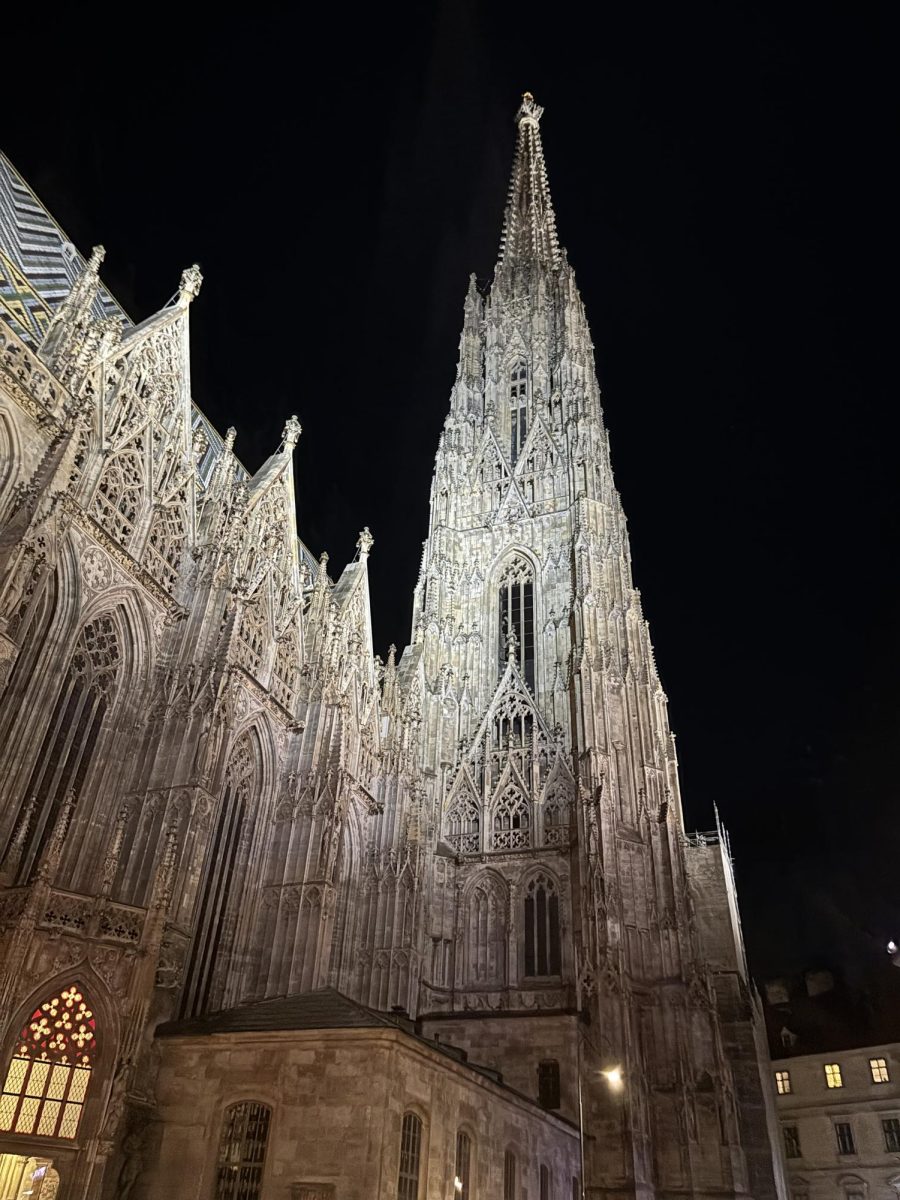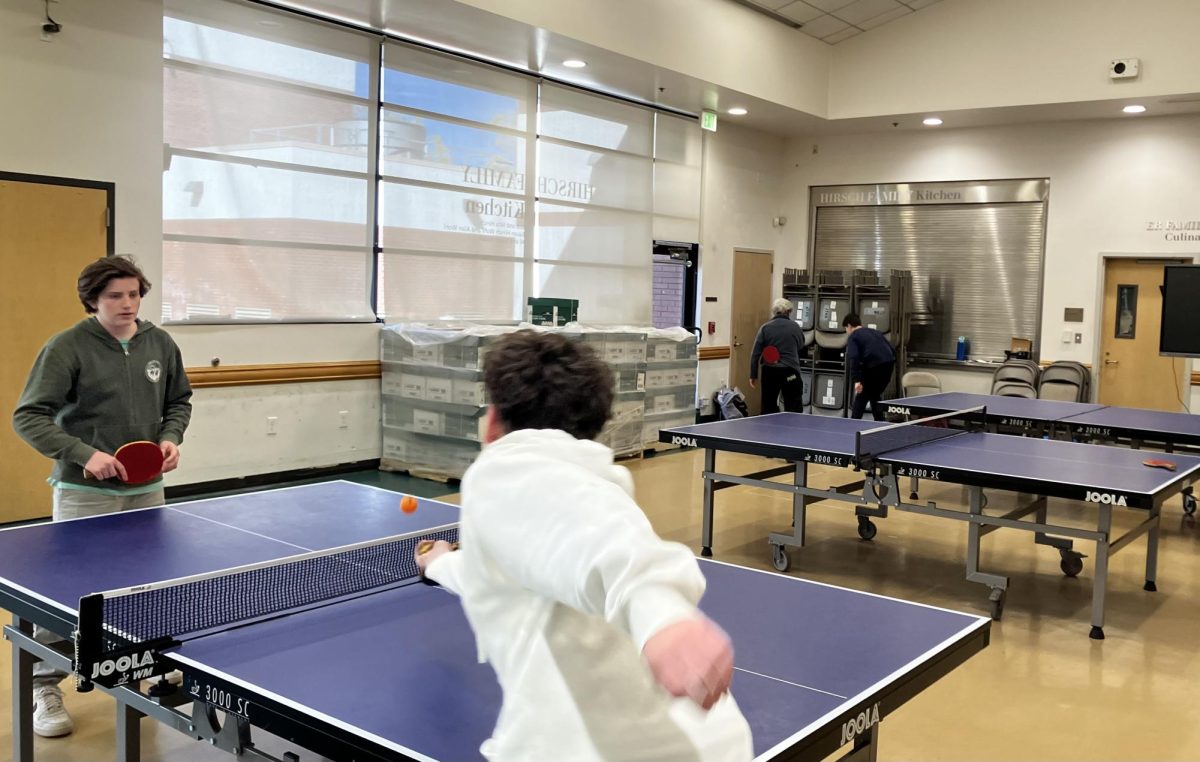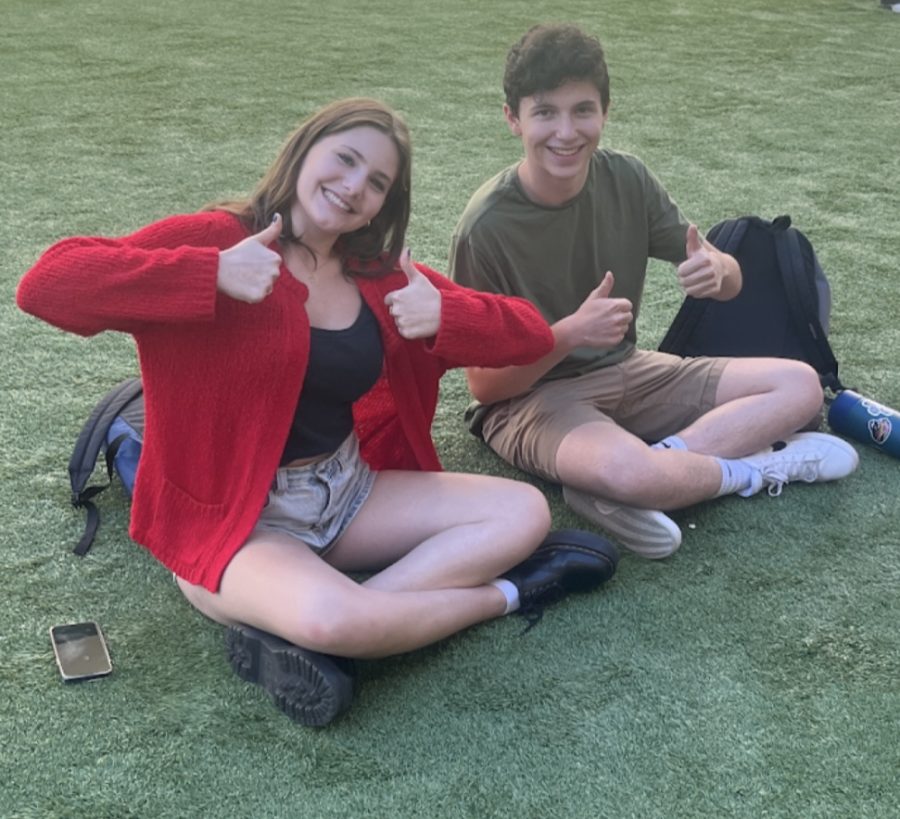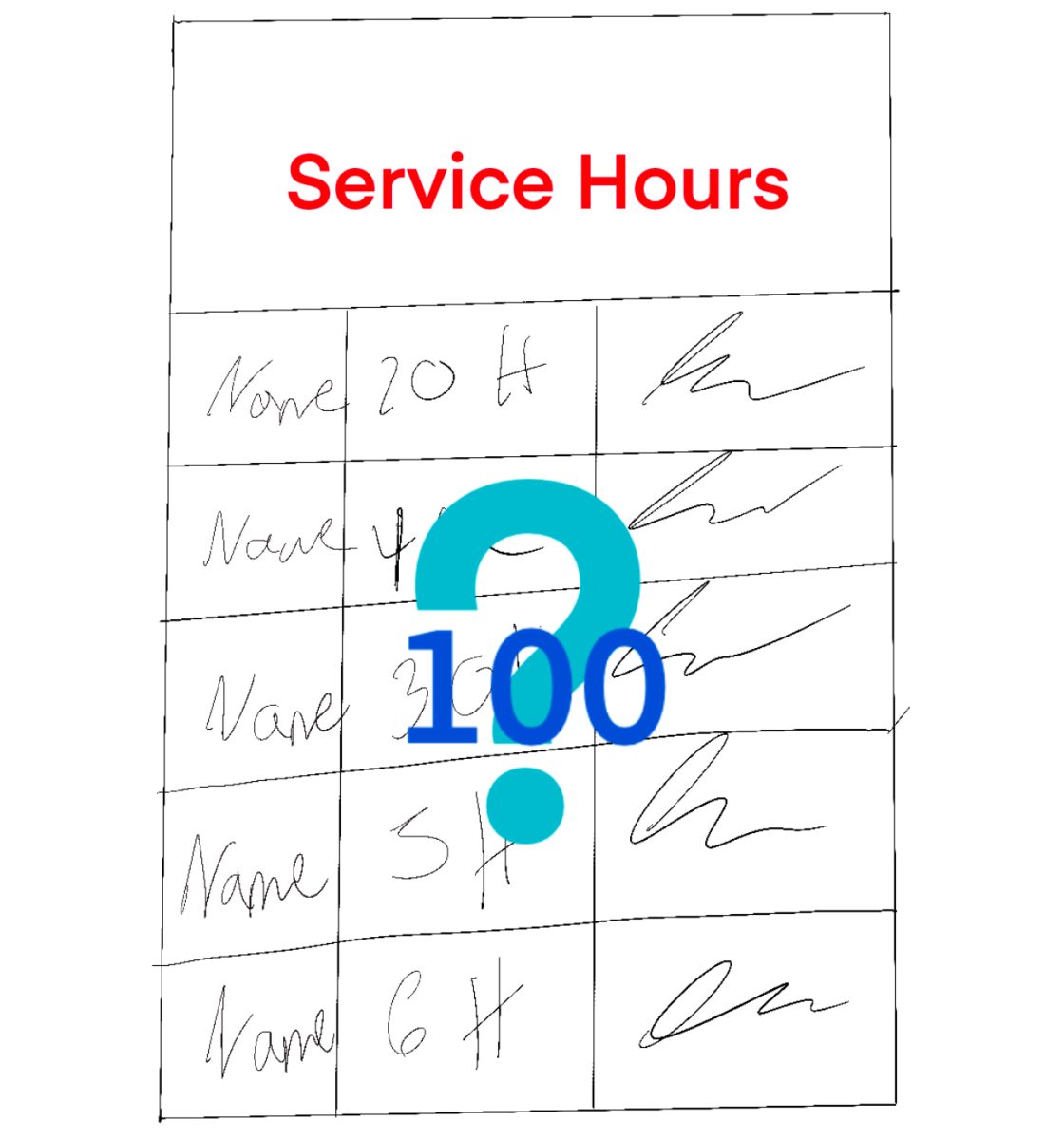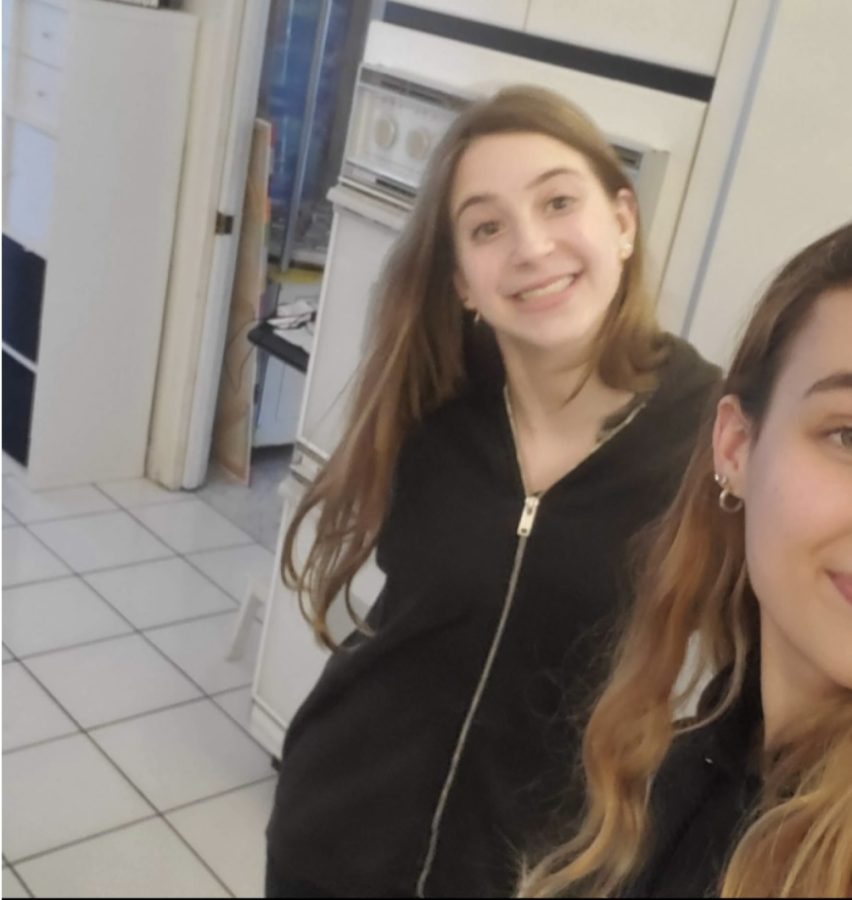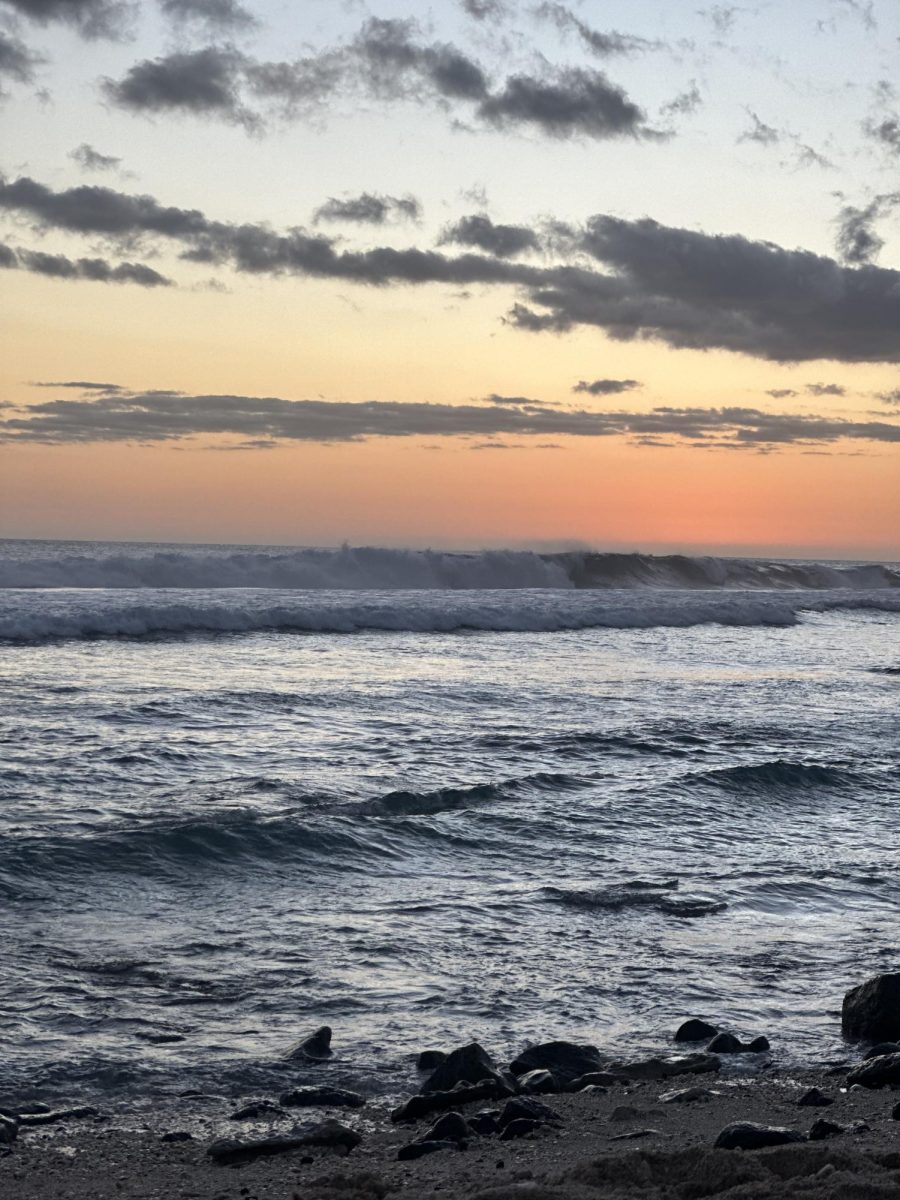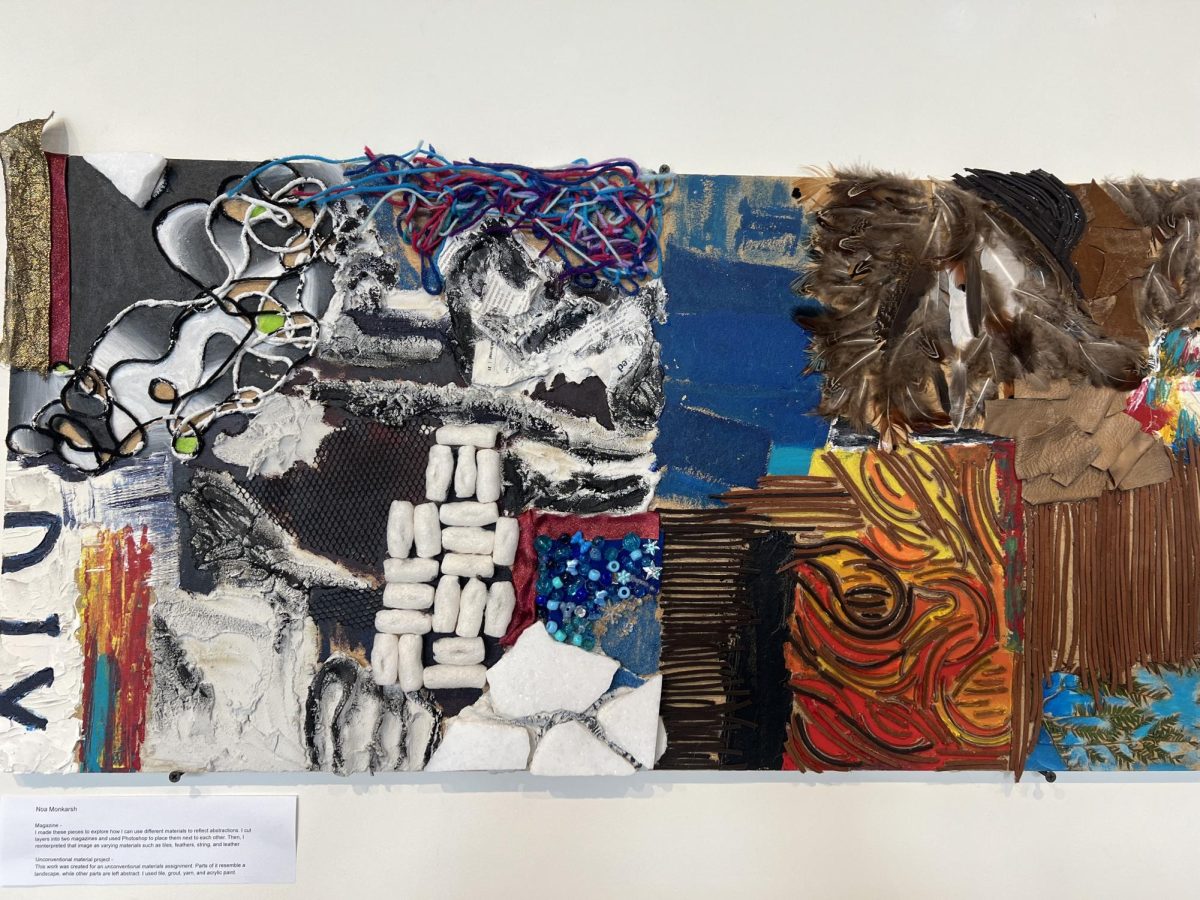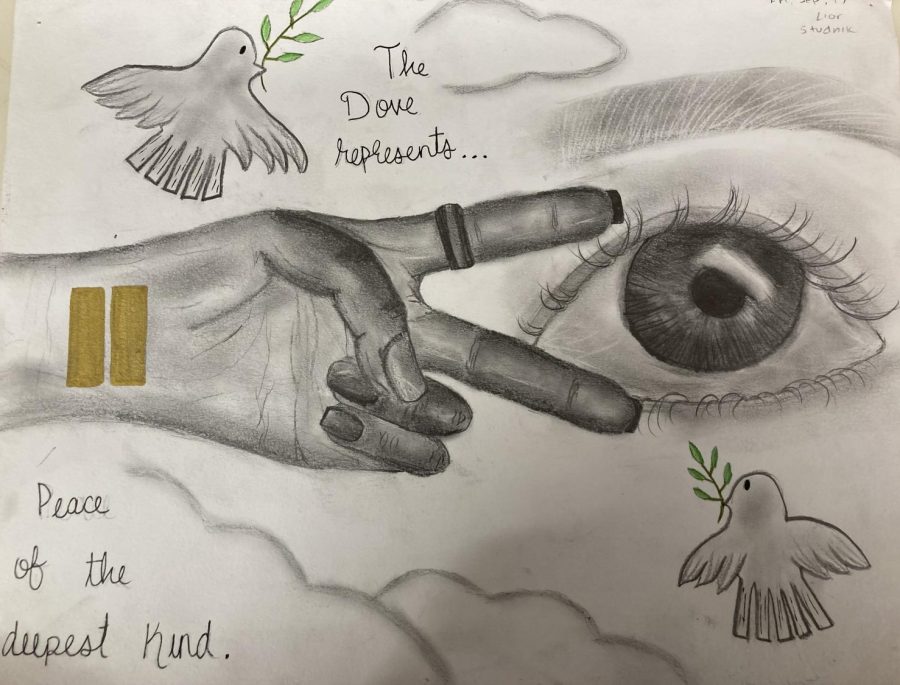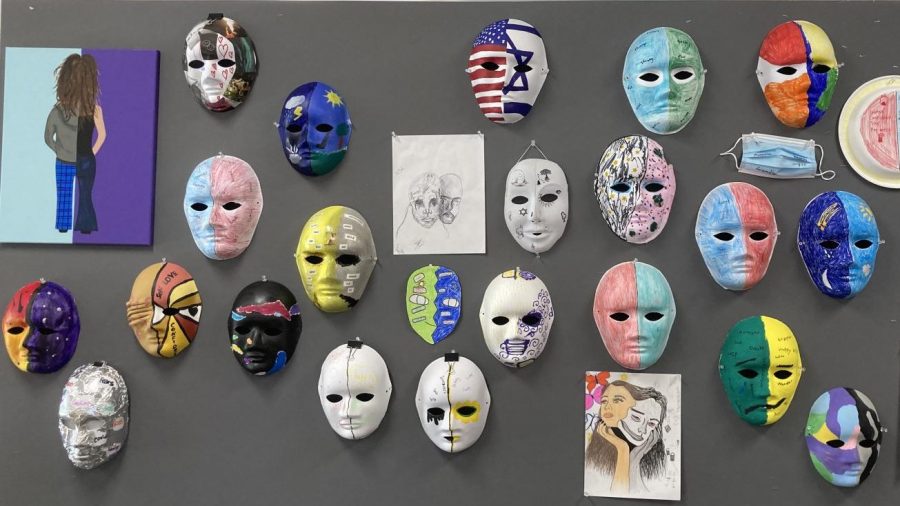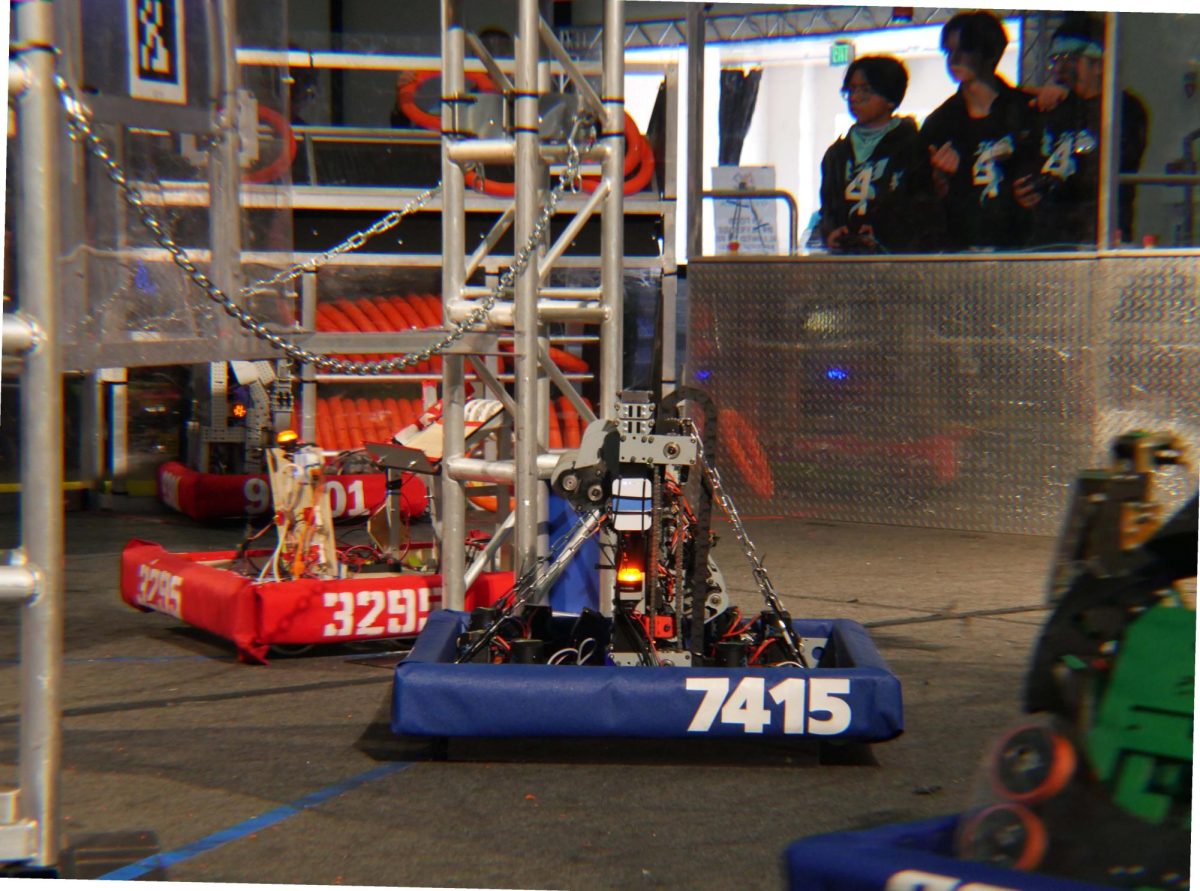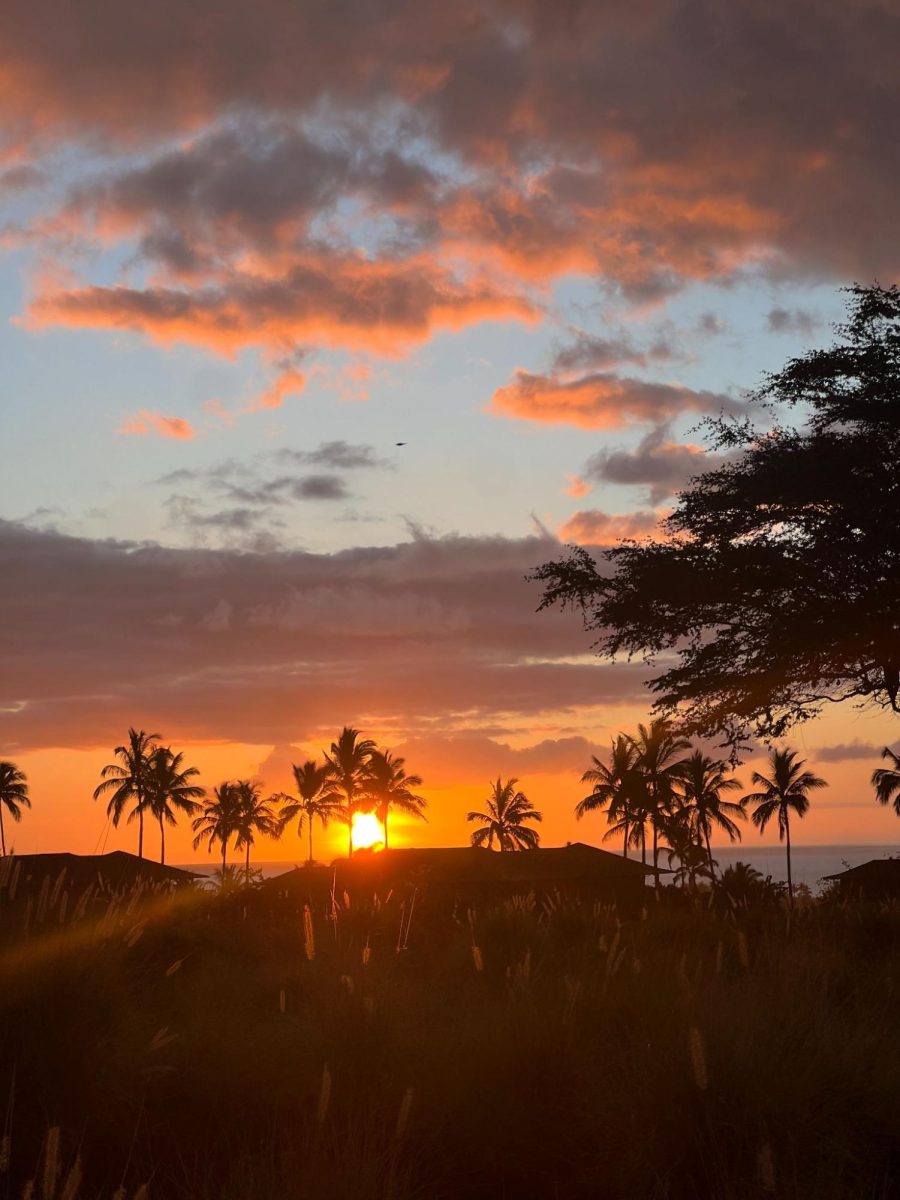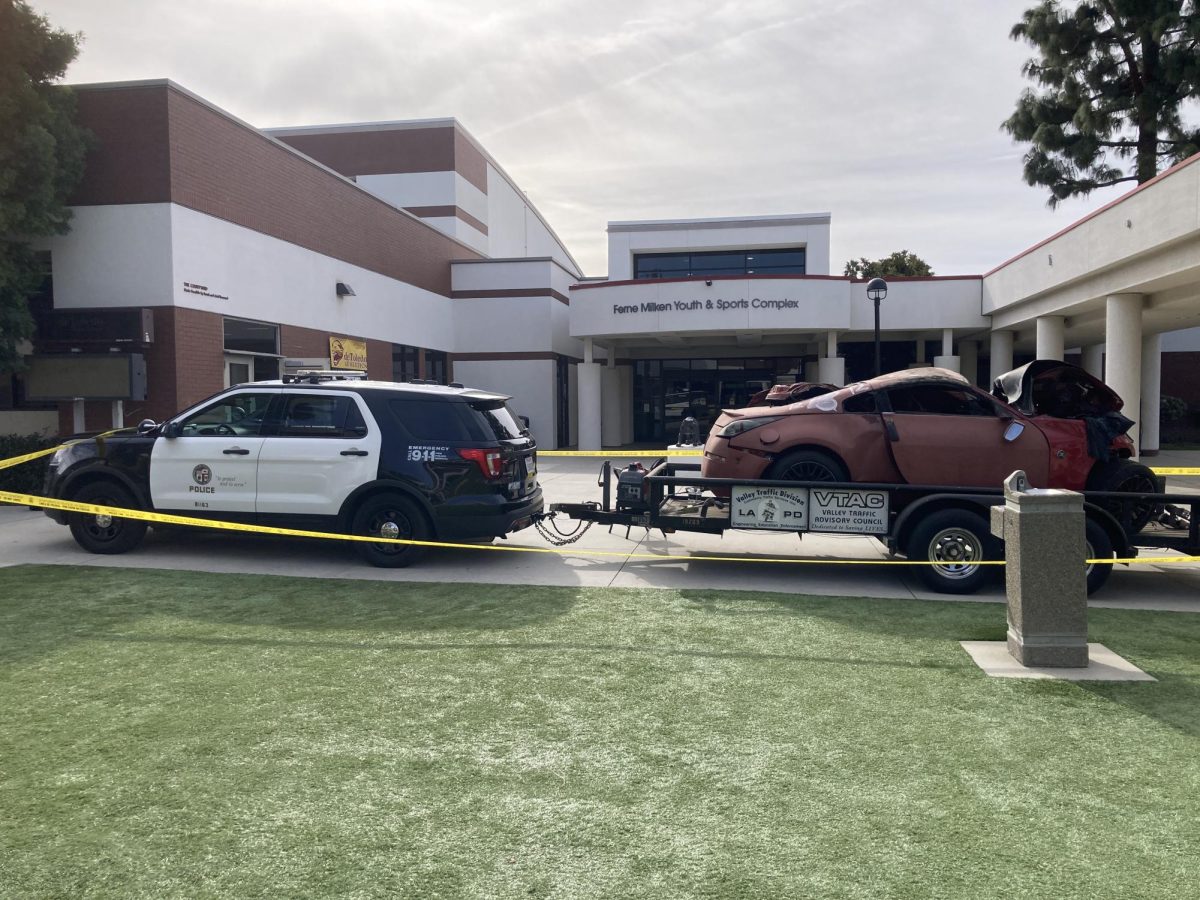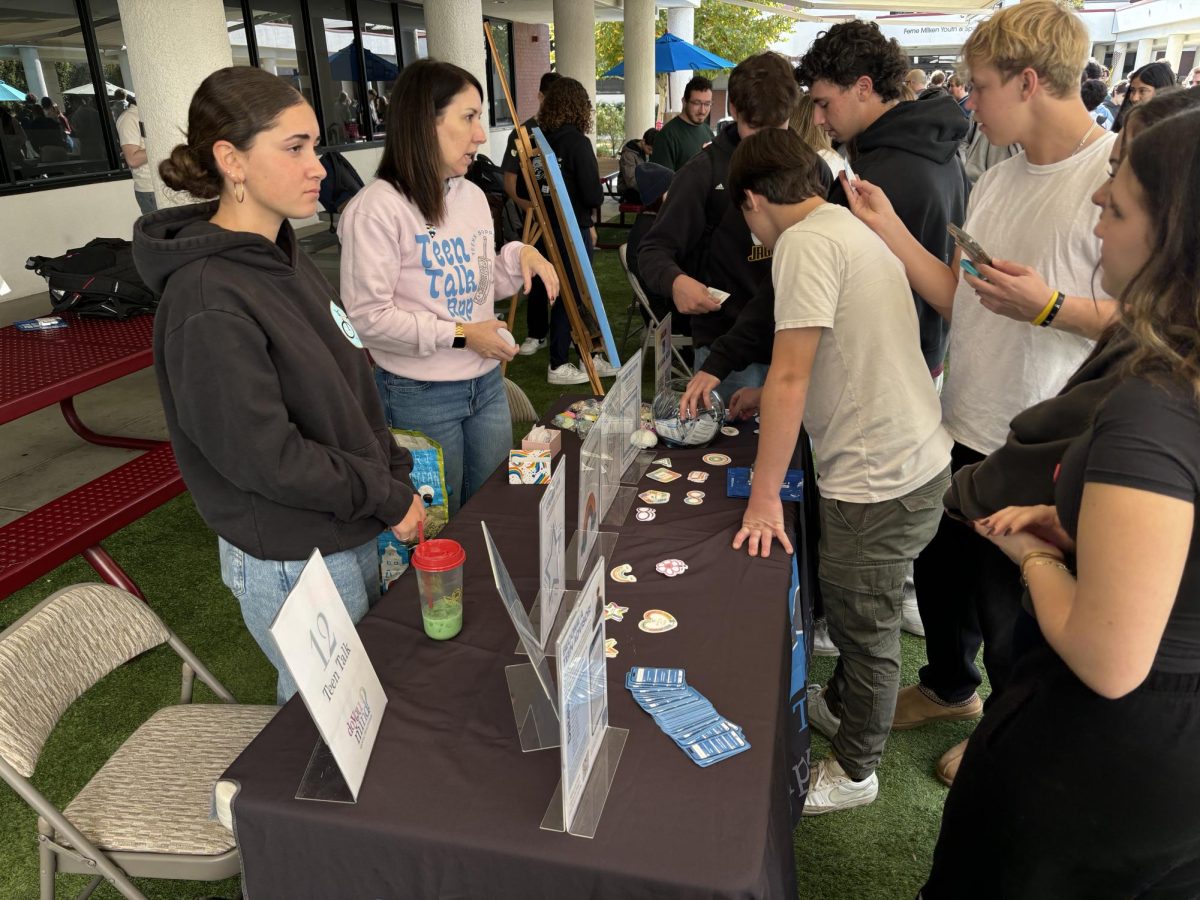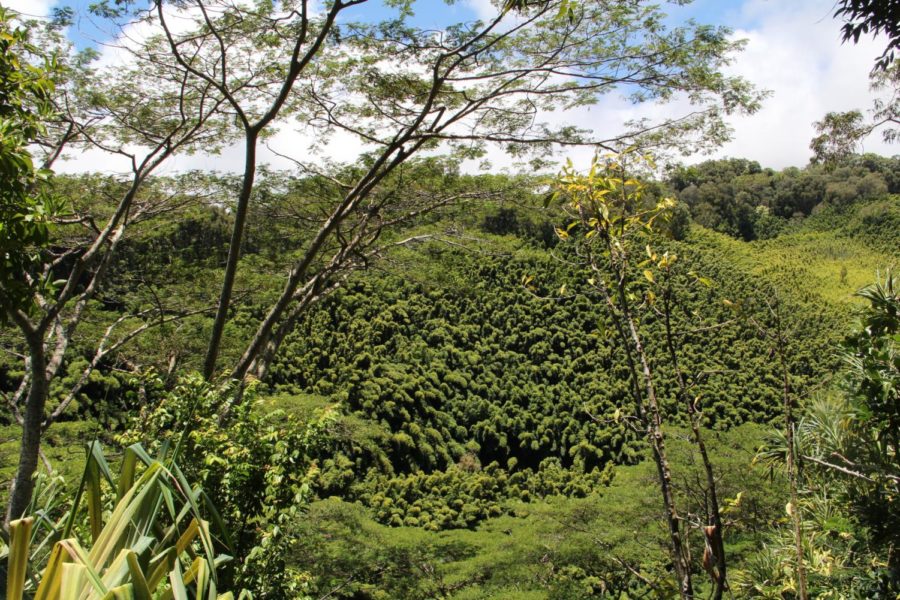The Road to Hana
February 27, 2018
My summer 2017 was highlighted by several traveling experiences, the most majestic of which was a family venture to the island of Maui in the U.S. state of Hawaii.
Hawaii is the most isolated population center on earth of just under a million and a half residents. It’s islands are a mixture of beaches, mountains, valleys, igneous terrain, and rainforest, with cities and towns peppered throughout.
Our home base for the trip was the eastern coastal town of Ka’anapali, and from there was where we started our various trips around the island. One such excursion was the famous Road to Hana, a town on the east side of the island, and the Road there takes several hours to accomplish and traverses the coastal rainforests of the northeast side of Maui.
The road is nothing short of spectacular. It winds between trees and mountains, alongside coastlines, and through the intermittent settlement or roadside eatery. The Road itself is a popular attraction – at near every notable trailhead or lookout there were parked cars taking up hundreds of feet of the road’s shoulder.
We tried to pinpoint five or six key locations off of the hotel-provided pamphlet on the Road, but ultimately it was spontaneity that guided our intermittent stops along the way. One such stop involved one of the best lunches I’ve ever had, consisting of vegetables, chicken, pulled pork, and myriad other island specialties cooked in a trailer parked on the shoulder of the Road and served on the stripped-down outside bark of a palm tree with two freshly-split chopsticks fashioned from some sort of plant matter.
This Hawaiian equivalent of street fare was radically different than the meticulous and specially prepared food we had been enjoying at the resort and various higher-class establishments thus far on the trip; part of me wants to say I enjoyed that meal, ate on the fender of a rental Jeep overlooking a forested island canyon, more than those served on actual plates with silverware, but the two experiences are still so different that it feels near uncouth to compare the two.
A few more miles down the Road we pulled over to take the T-top off of the Jeep to try and experience the jungle canopy while we were still driving. We had just passed one of the many bridges on the Road–this one went over a riverbed that led to what was barely a waterfall.

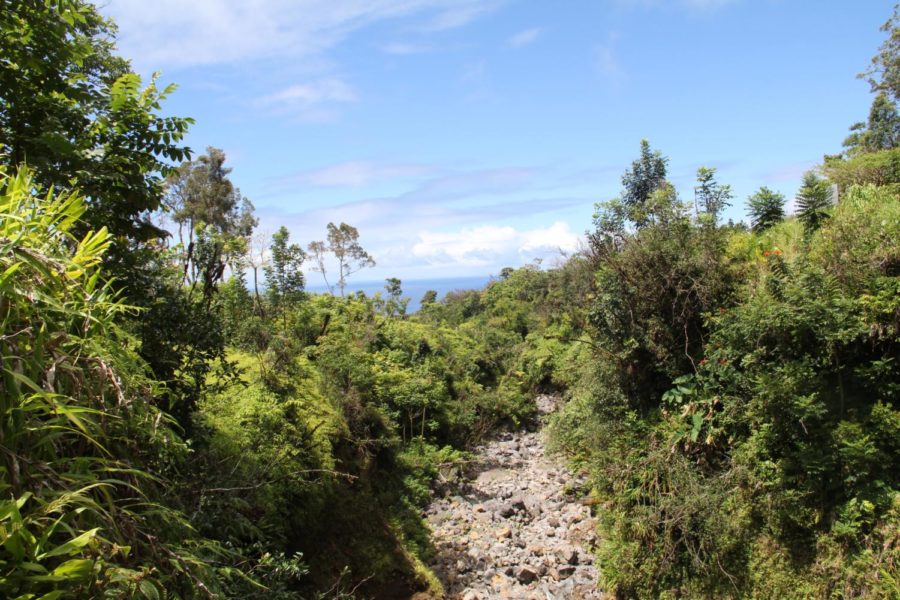
I found a small footpath on the side of the bridge opposite us, and that led down to the riverbed, saved from being “dry” by a small flow of water and several pools colored green by plant growth. In my flip-flops, I navigated the rocky earth and sought a view from the top of the waterfall, so I crossed under the bridge and stepped up on to a rocky ledge to view one of the most breathtaking vistas I have seen to date.
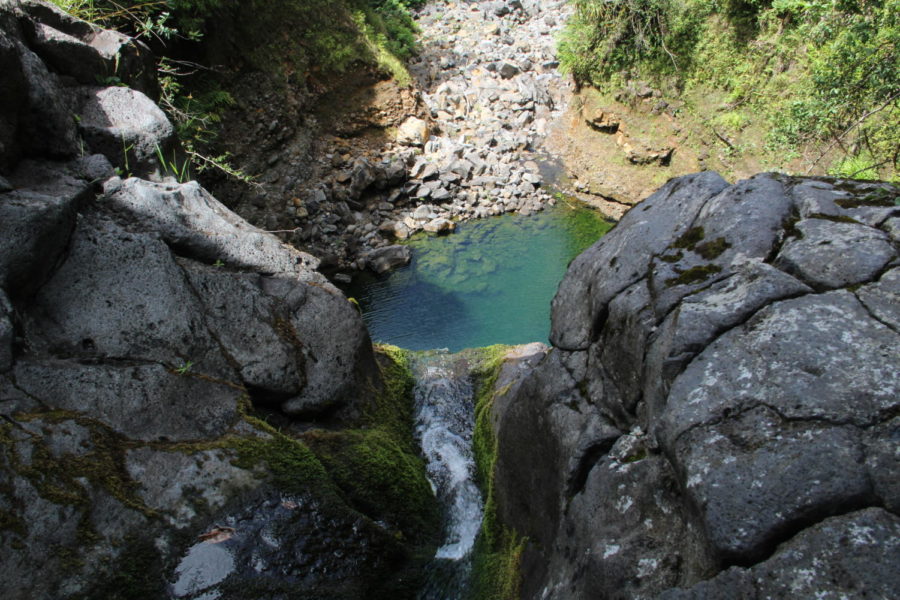
A pool rested at the base of the cliff I was standing on, reflecting the blue sky and green flora in an infinite tranquility. The small flow of water fell into the pool barely disturbed the surface save for a steady stream of ripples that concluded their journeys on a rocky beach.
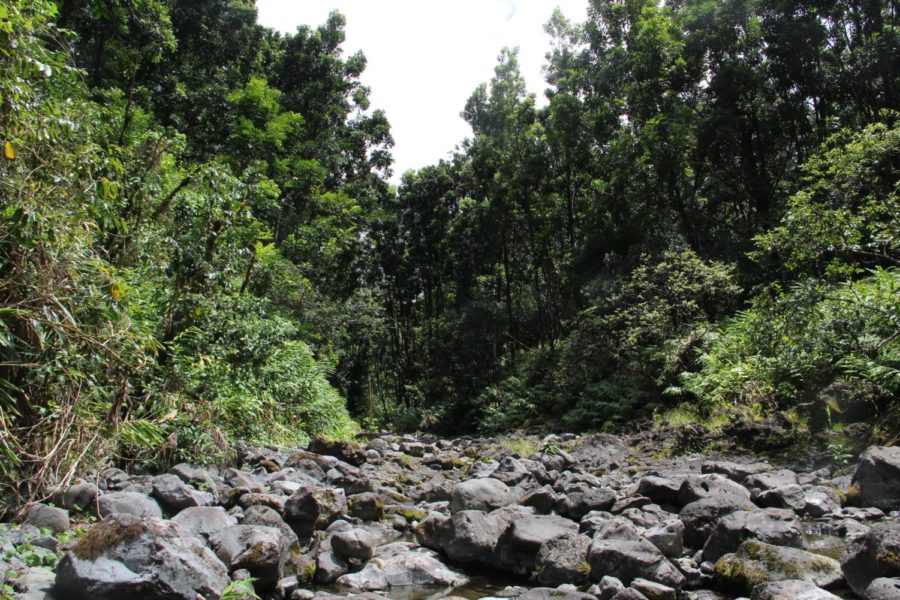
After fully taking in the moment and capturing my fair share of pictures, I turned back and got a better view of the forest behind me. The dry riverbed disappeared into the green that served as an invitation, directed at me, to explore further.
The more I look back on my traveling experiences, in this case to Maui, the more I remember and notice instances like the roadside food stand and the amazing view that served as small highlights to the overall experience. And in my everyday life as well as future travels, I use these experiences to justify spontaneity and, sometimes, not knowing where I’ll end up even if I begin in a certain direction.

